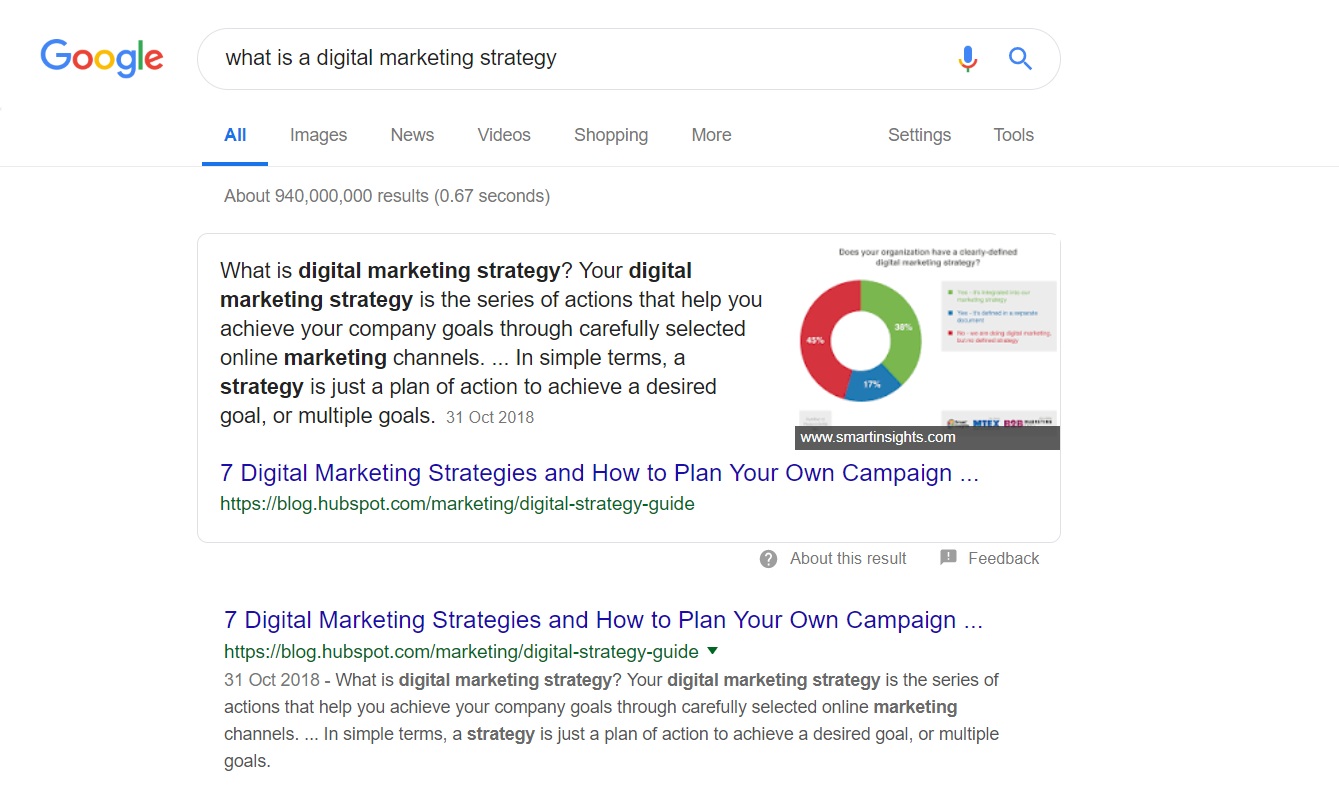The Balancing Act: User Experience and SEO
10 June 2019
By Joseph Van Bergen
Some people make the mistake of putting their SEO objectives before a positive user experience, and even before the content itself. A piece of content with nothing worthwhile to say, no matter how much traffic it gets due to its optimisation, will only turn audiences away.
Conversely, the most insightful, well-written content has little use if no one sees it. Even the very best content needs to be optimised so that it can appear high up the search engine results and be easily found by your target audience.
To create quality online content, therefore, a careful balance needs to be struck between user experience and SEO. Here are some key points to help achieve that.
Proper use of keywords
Keywords can either be the most subtle form of SEO in your content, or the most transparent. Sometimes, your keyword research brings up search terms that can be easily integrated into your text while maintaining a natural patter. Other times, your keywords will be much more unwieldy and clunky, and you’ll be hard pressed to get the entire phrase in a natural sentence once, let alone multiple times.
In cases like these, it isn’t good practice to jam the keywords in and hope your audience sticks with you. For starters, Google’s algorithms are clever; they will know if your content is disrupted by incongruous keywords. Instead, it’s best to get creative. Do the keywords fit better as separate sentences? If so, can they be split by punctuation or line breaks?
Trying to get your keyword in too many times is also bad practice, as it makes them overly transparent and once the user can spot the keywords, they may begin to question the validity of the content, seeing it as a piece of marketing and undermining your authority on the subject.
Another thing to bear in mind is that Google ranks sites based on whether they answer users’ search questions, rather than just repeating the terms of the query.

As you can see in the above example, Google favours those search results which directly answer user questions, rather than those which are stuffed with one particular keyword phrase.
An effective digital marketing campaign requires a range of SEO strategies including in-depth keyword research and compelling content creation. Find out what we offer here.
Use of headings and subheadings
Headings and subheadings are excellent formatting tools for optimised content. From an SEO perspective, they are often the easiest place to include keywords. As well as getting them into the title of your piece, the subheadings can include the keywords as a kind of theme. This helps Google’s algorithm to understand the context and value of your article.
The other great thing about headings and subheadings is that they create a much better user experience. Subheadings break up long, off-putting passages of text and act as signposts for the user to navigate around the content.
Perhaps they are only looking for one detail within your much larger topic and will be able to find the relevant information much more easily if it is under an appropriate subheading. Users are always grateful when they don’t have to read irrelevant content just to reach the information they are looking for.

Source: Torque
It’s easy to format your blog posts with headings and subheadings on platforms like WordPress.
Visual appearance and site structure
The visuals of your webpage can be just as important as the content itself. Users will be equally put off by a page that is plain and dreary as they will be by a page that is visually noisy and garish. Some websites simply look unprofessional, and this is almost entirely down to layout and structural choices.
A clear and simple website that reflects your brand message is best. Good page layout, fonts, well-written text, and quality of images and graphics all contribute to the positive user experience of your page. Low-resolution images, childish fonts and grammatical errors will turn users away.
Navigation is also key, as a clumsy site structure will discourage your audience from staying on your website.
Good site structure benefits your ranking as well as user experience. Search engines prefer a clear site layout when considering the suitability of your page. It will take into consideration how easy the site is to navigate, whether it is mobile-friendly and how quickly the different pages load.
Google’s algorithms also draw on user analytics when considering your site’s ranking. This data includes how long people spend visiting your website, and how many pages and links they click on. A positive user experience is therefore instrumental to your SEO, and the two combine to increase your search engine ranking.
Beware ‘Black Hat SEO’

Black Hat SEO techniques aim to raise a site’s ranking through practices that violate the terms of service of the search engine.
There are a number of SEO techniques that fall into this category, but as a general rule, they all aim to raise the ranking of a page without offering anything of value to the user – the antithesis of user experience and SEO working in harmony.
Some examples of specific black hat techniques are:
– Hidden text and links
– Keyword stuffing
– Duplicate content across pages, subdomains or domains
– Pages that contain phishing, viruses or malware
– Cloaking
– Link manipulation / paid links
– Negative SEO
– Article spinning
– Spam comments
– Doorway pages
For more information on Black Hat SEO, check out this Hubspot article.
The discovery of any black hat techniques on your pages could result in your site being banned from search engine results. These techniques also amount to a very poor user experience, severely damaging their opinion of you and your authority.
Avoid black hat SEO at all costs; any short-term success will be significantly outweighed by the long-term damage to your brand.
User experience and SEO working in harmony
SEO is no longer about trying to manipulate Google into believing the validity of your site by stuffing it with keywords.
While including keywords is still an essential part of SEO, the best strategy to raise your ranking within the search engine results is to provide the best user experience possible. This can be achieved through relevant and engaging content, a clear and aesthetically pleasing design, and a site that is quick and easy to navigate.
As Google’s algorithms continue to develop and become more intelligent, the trend will only continue in this direction.
JVB.